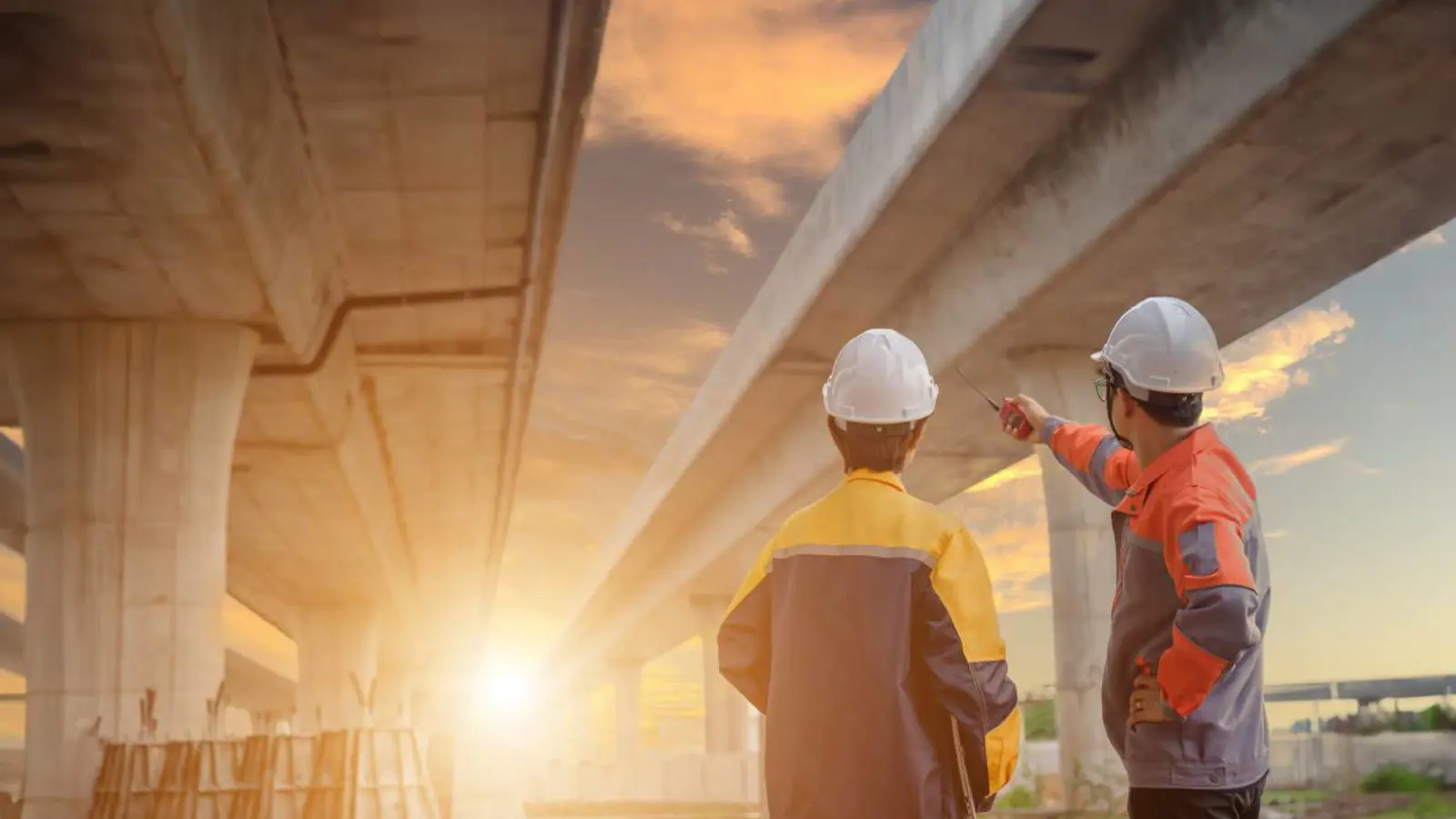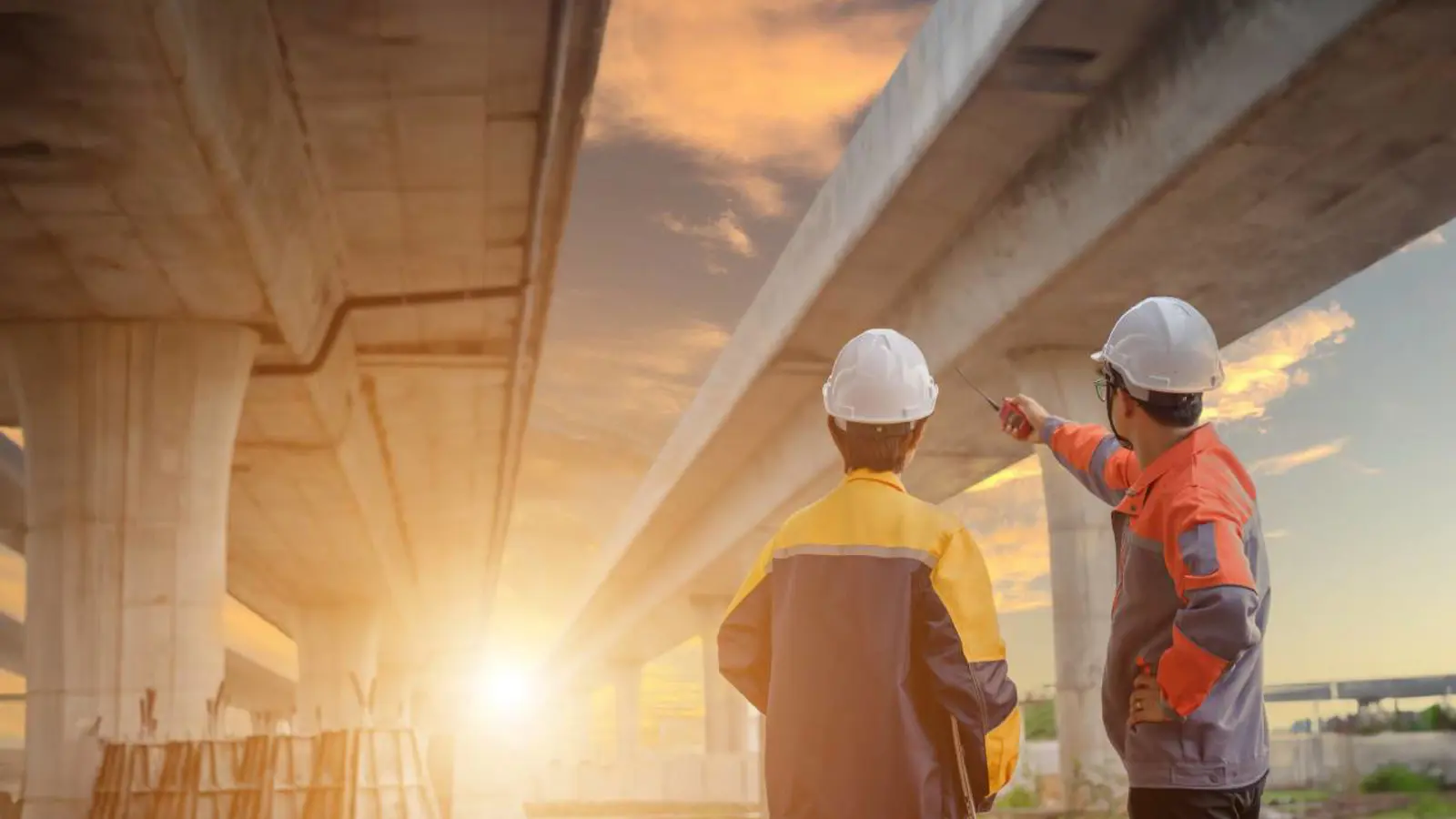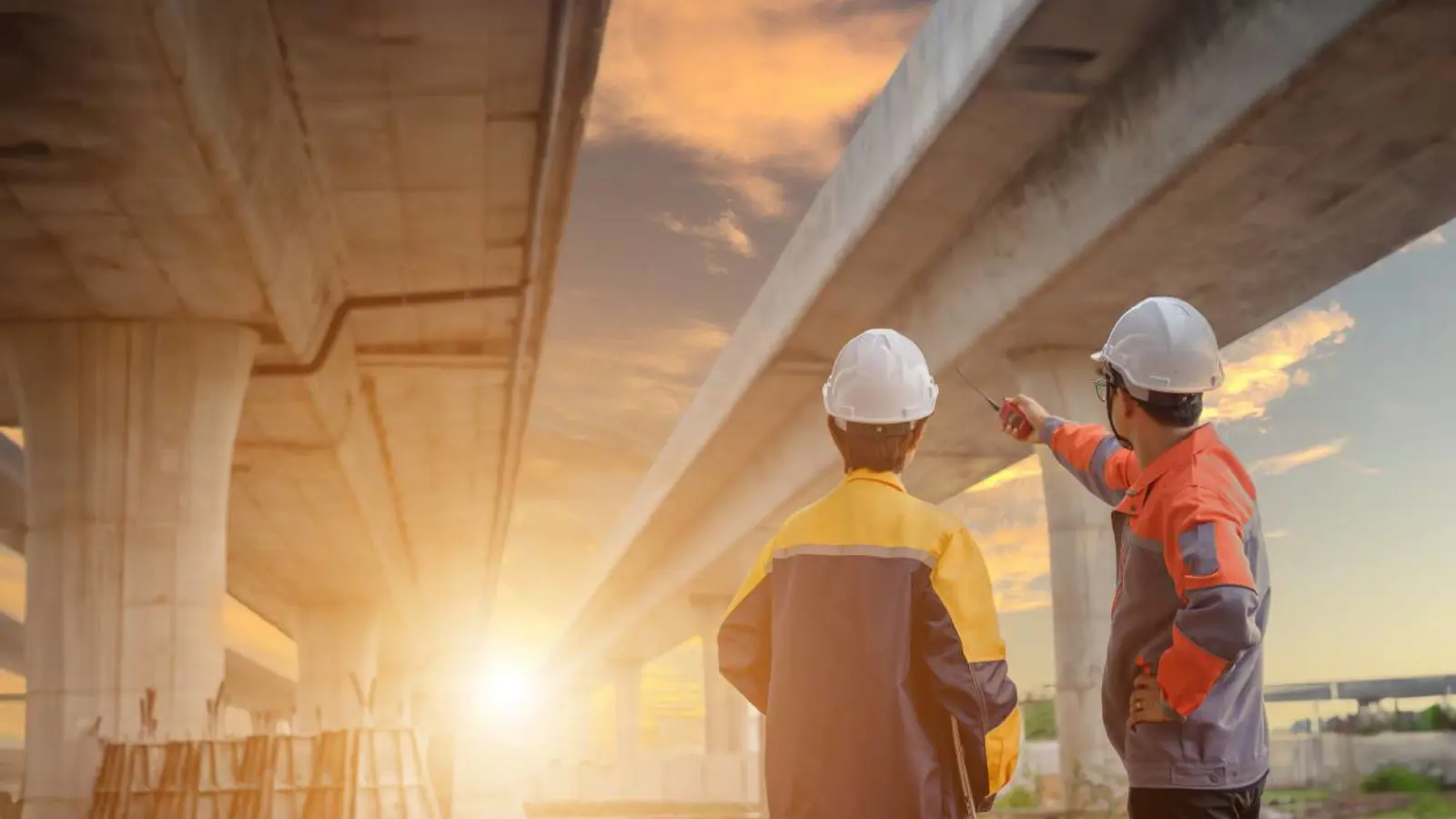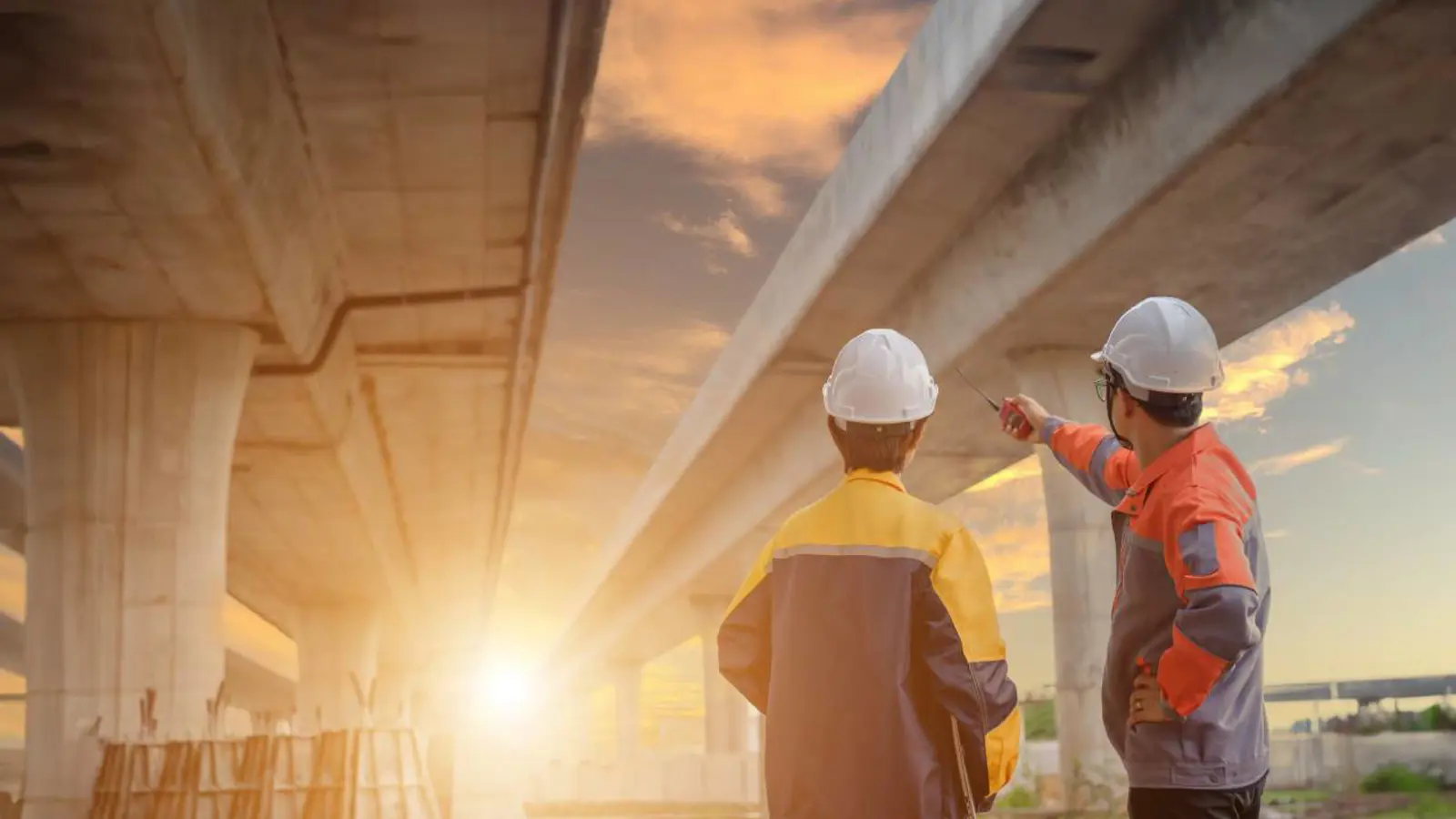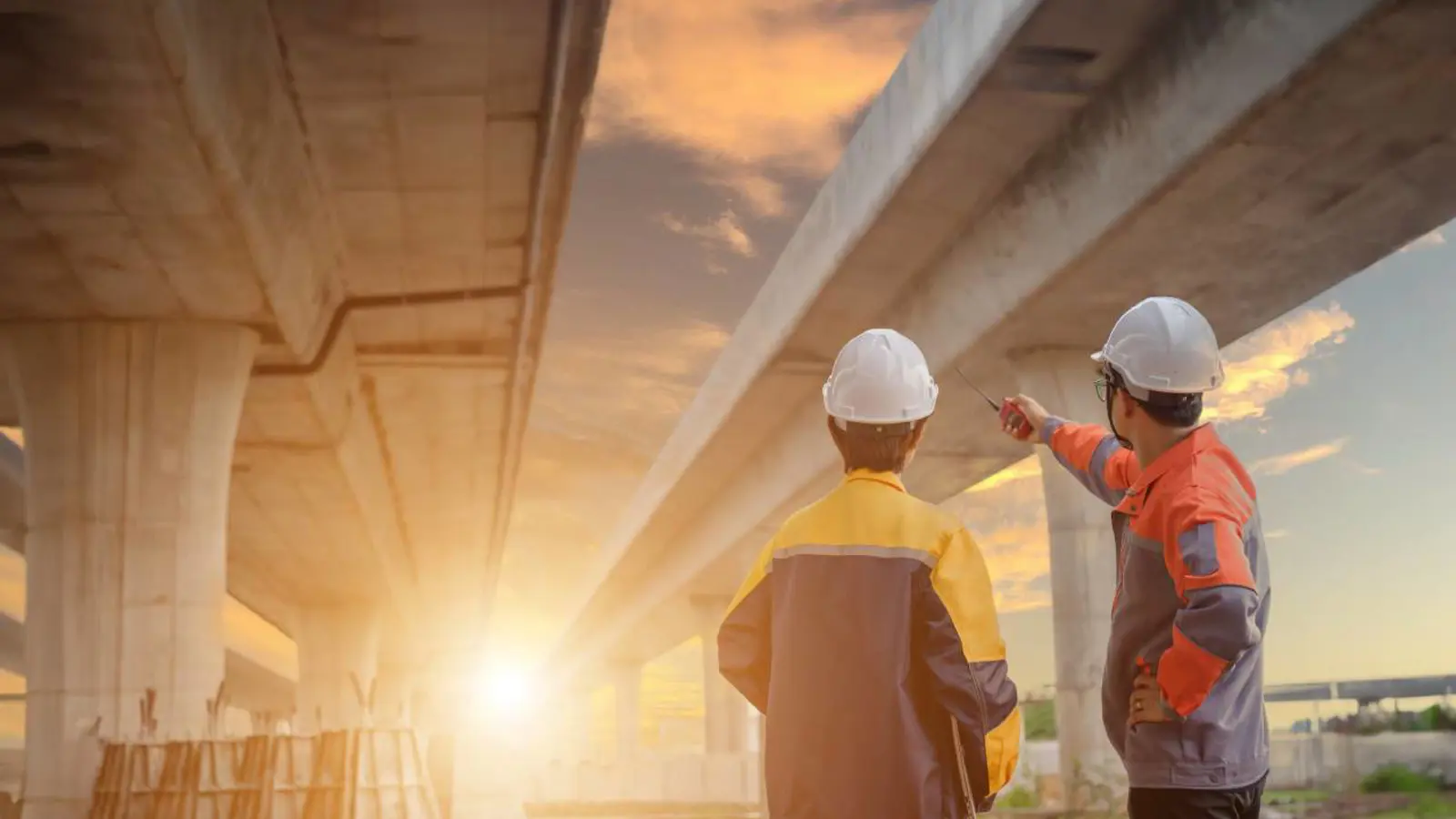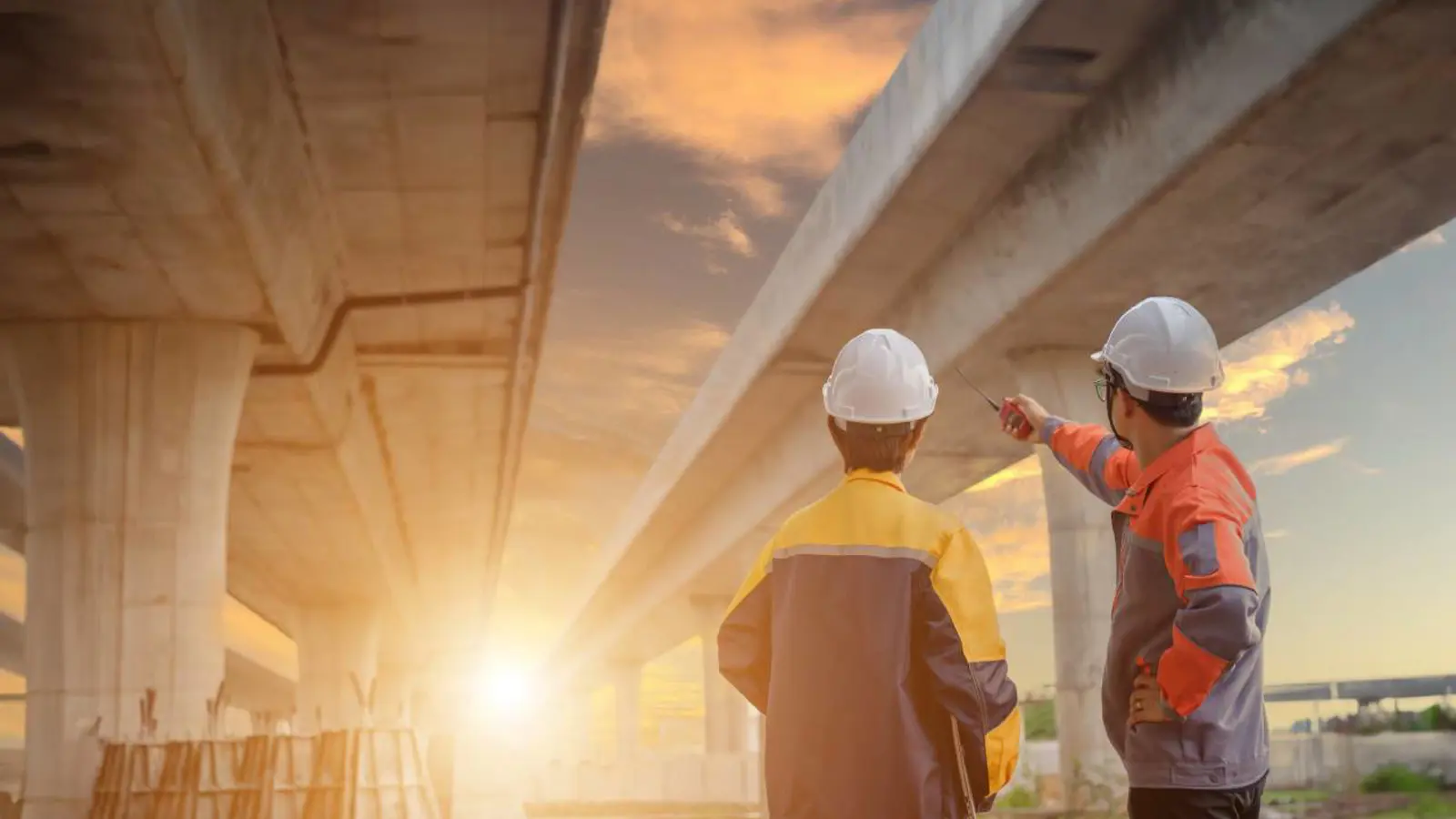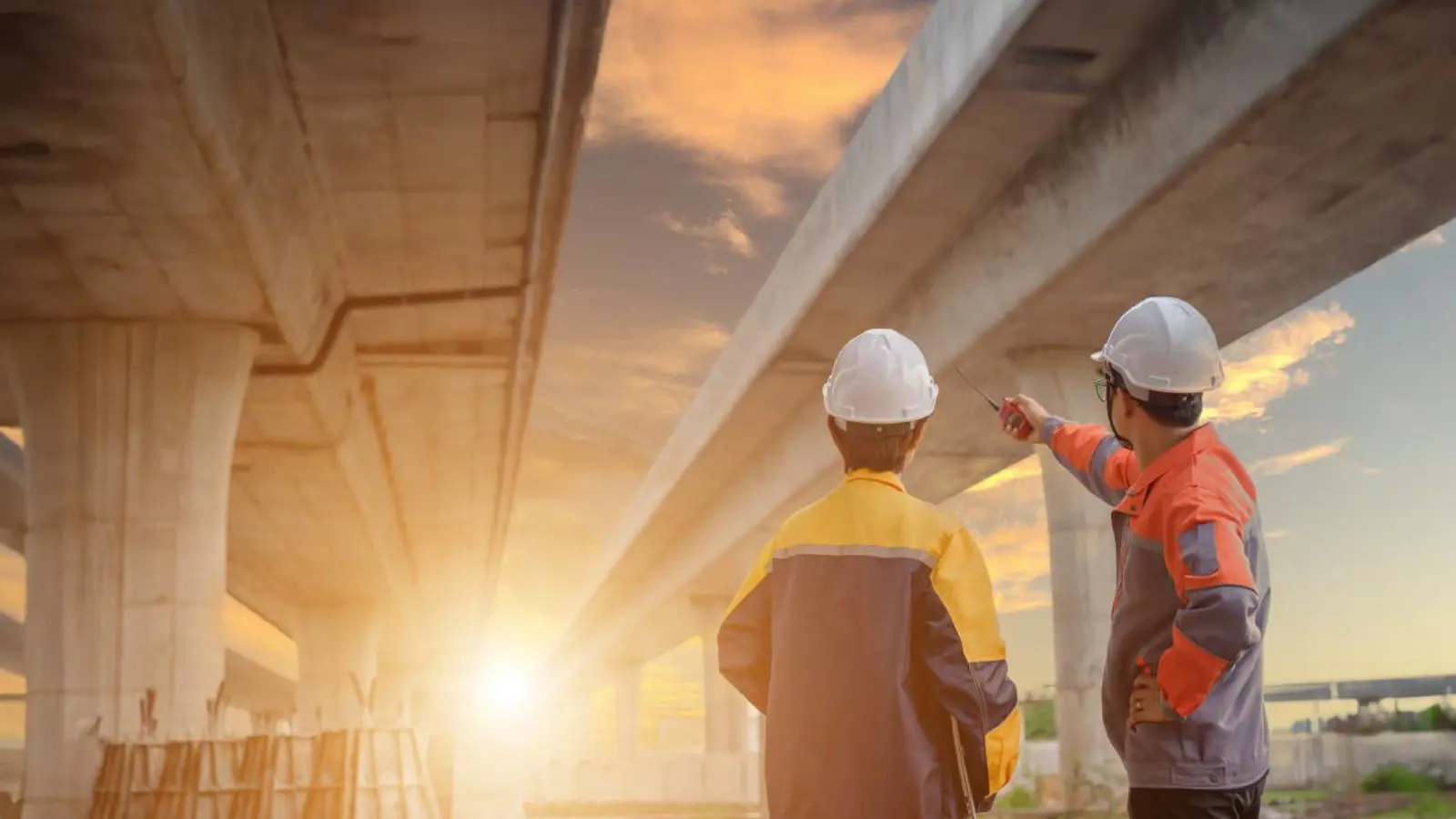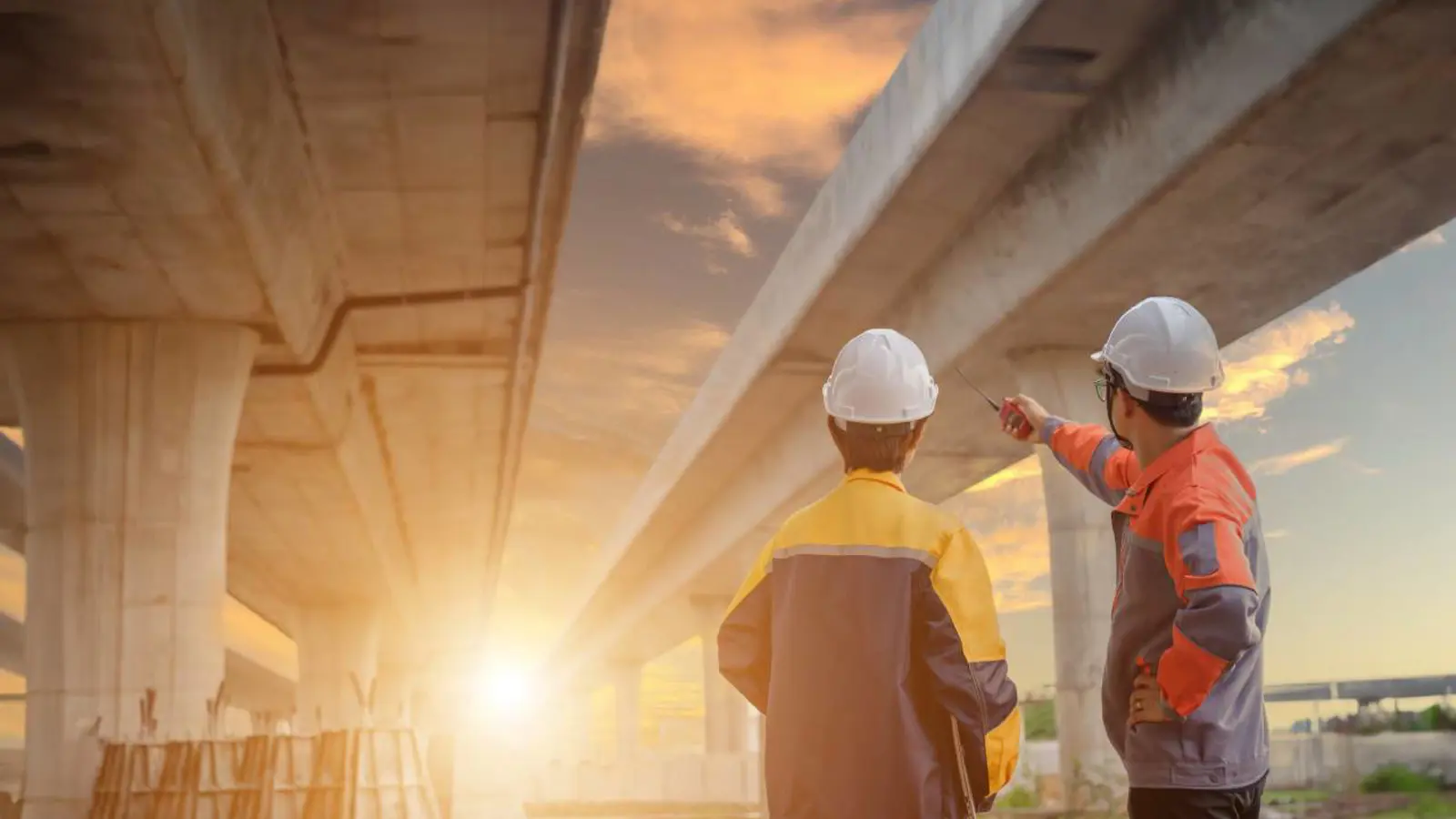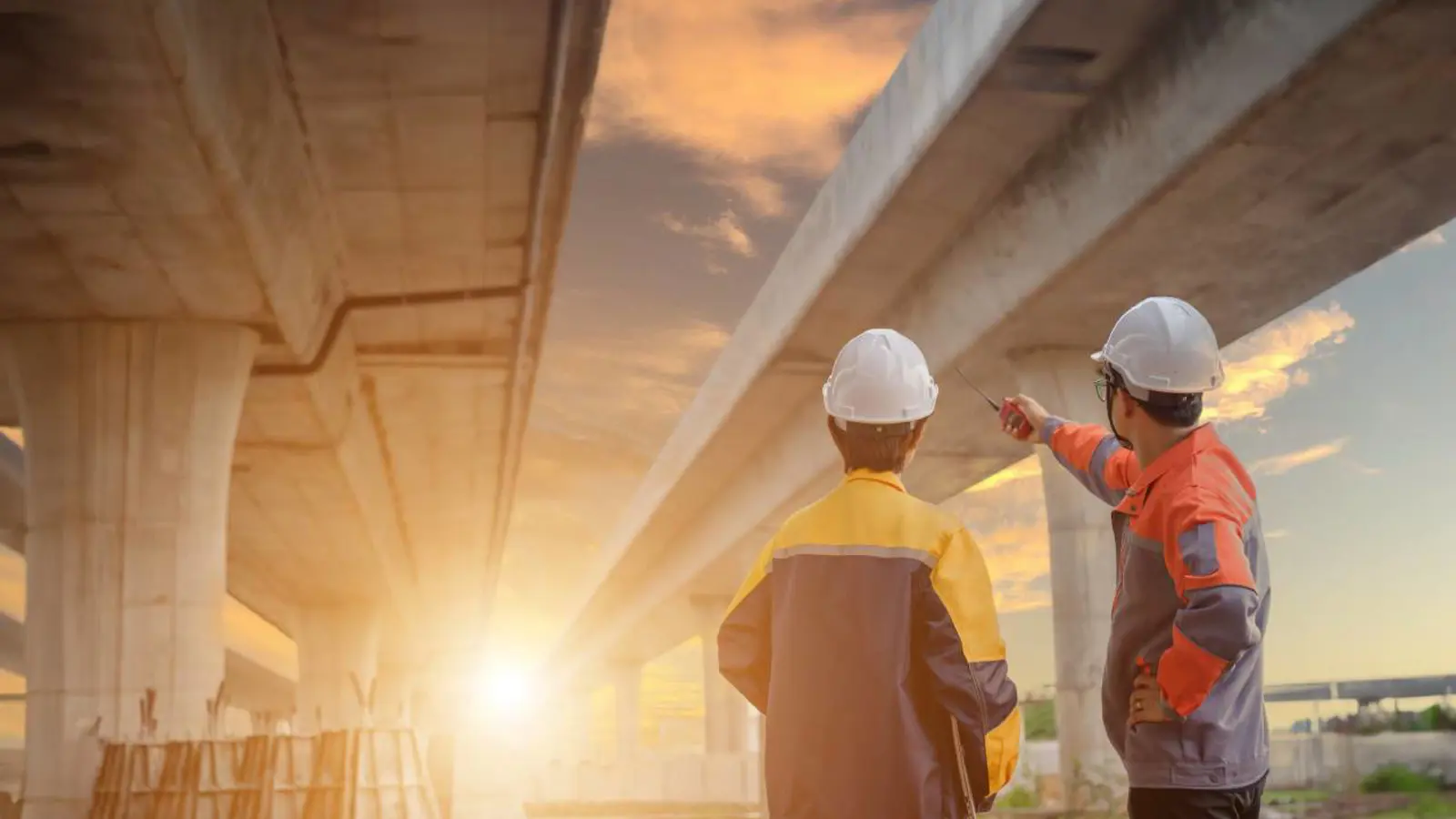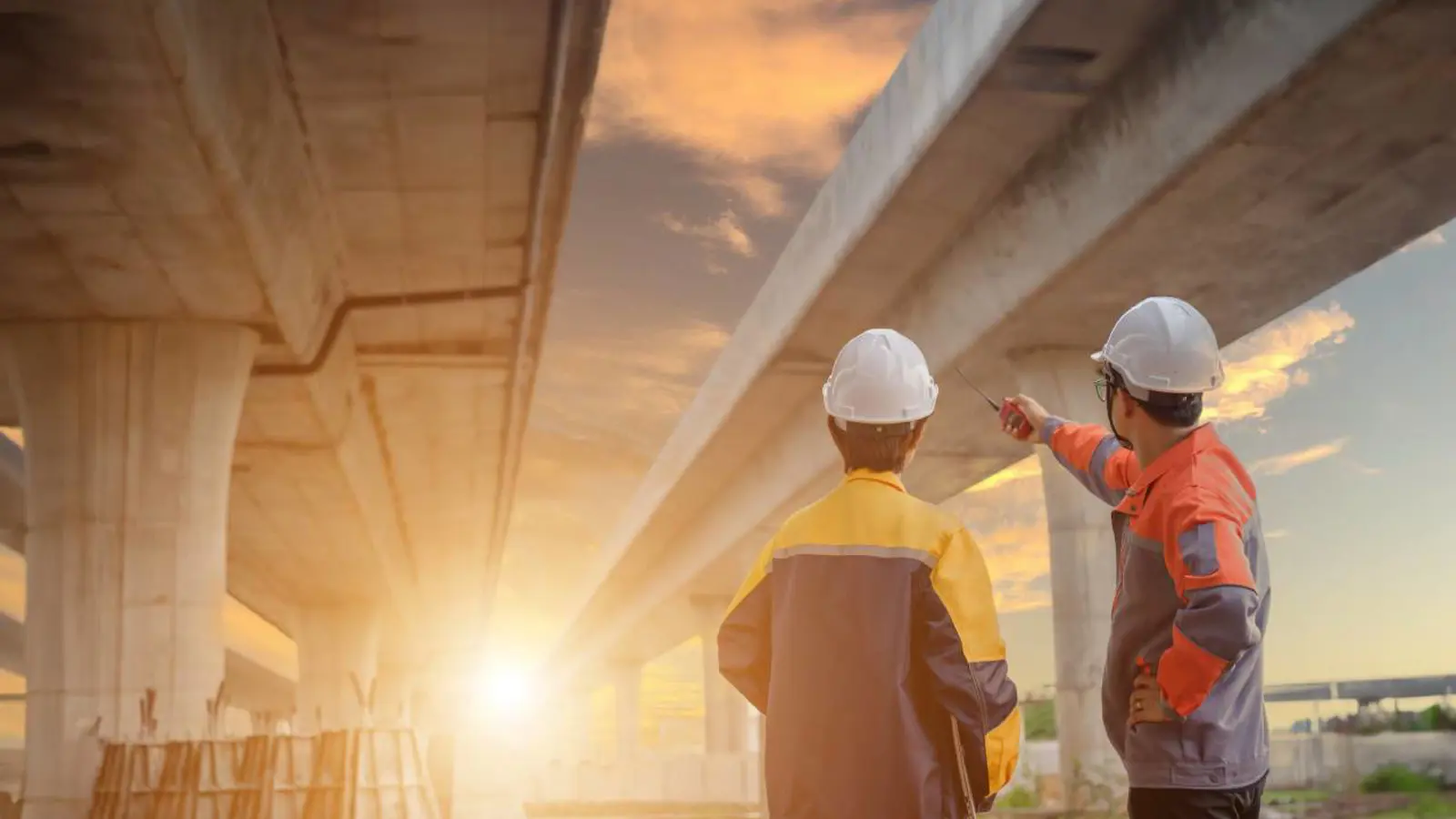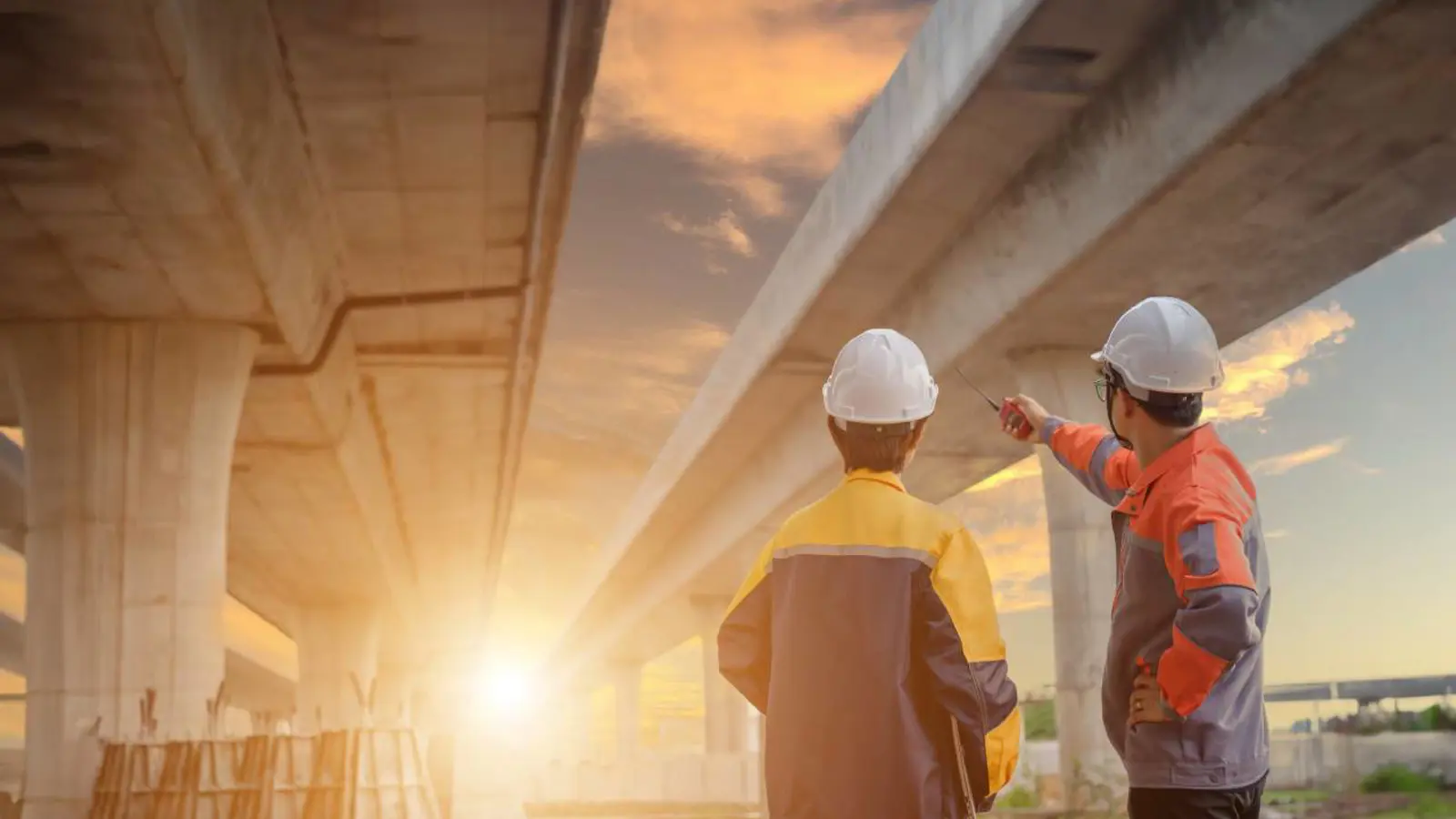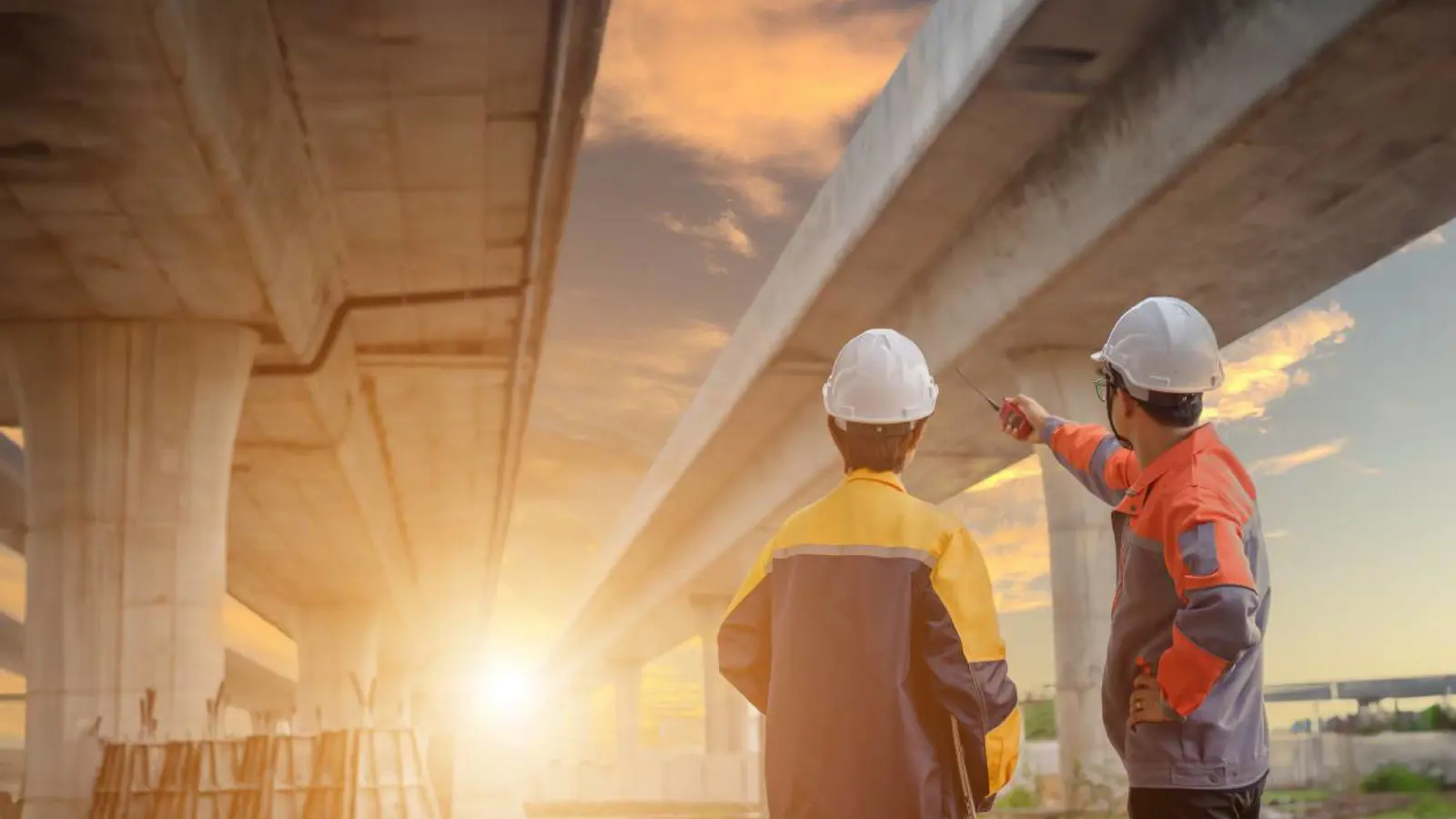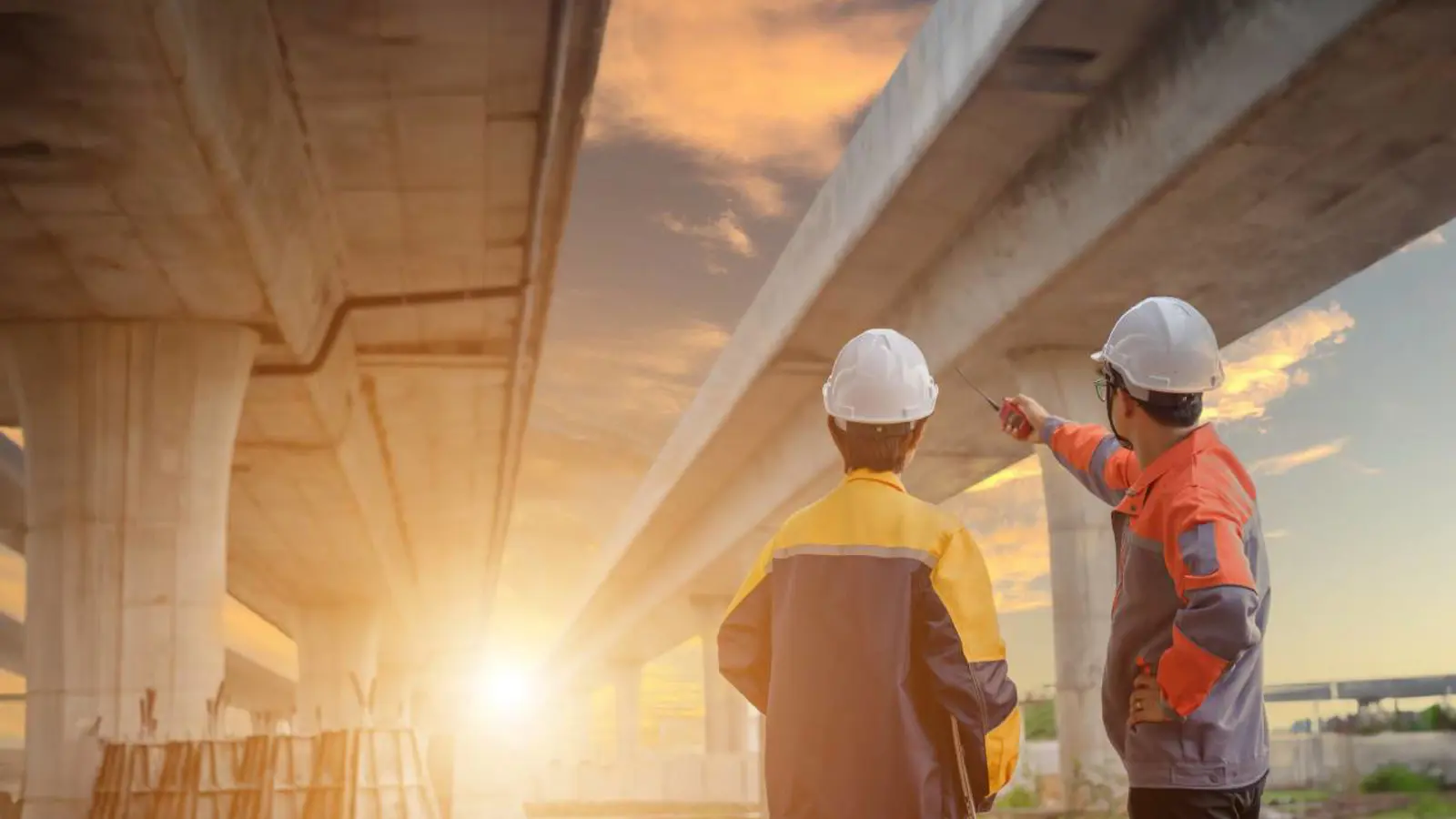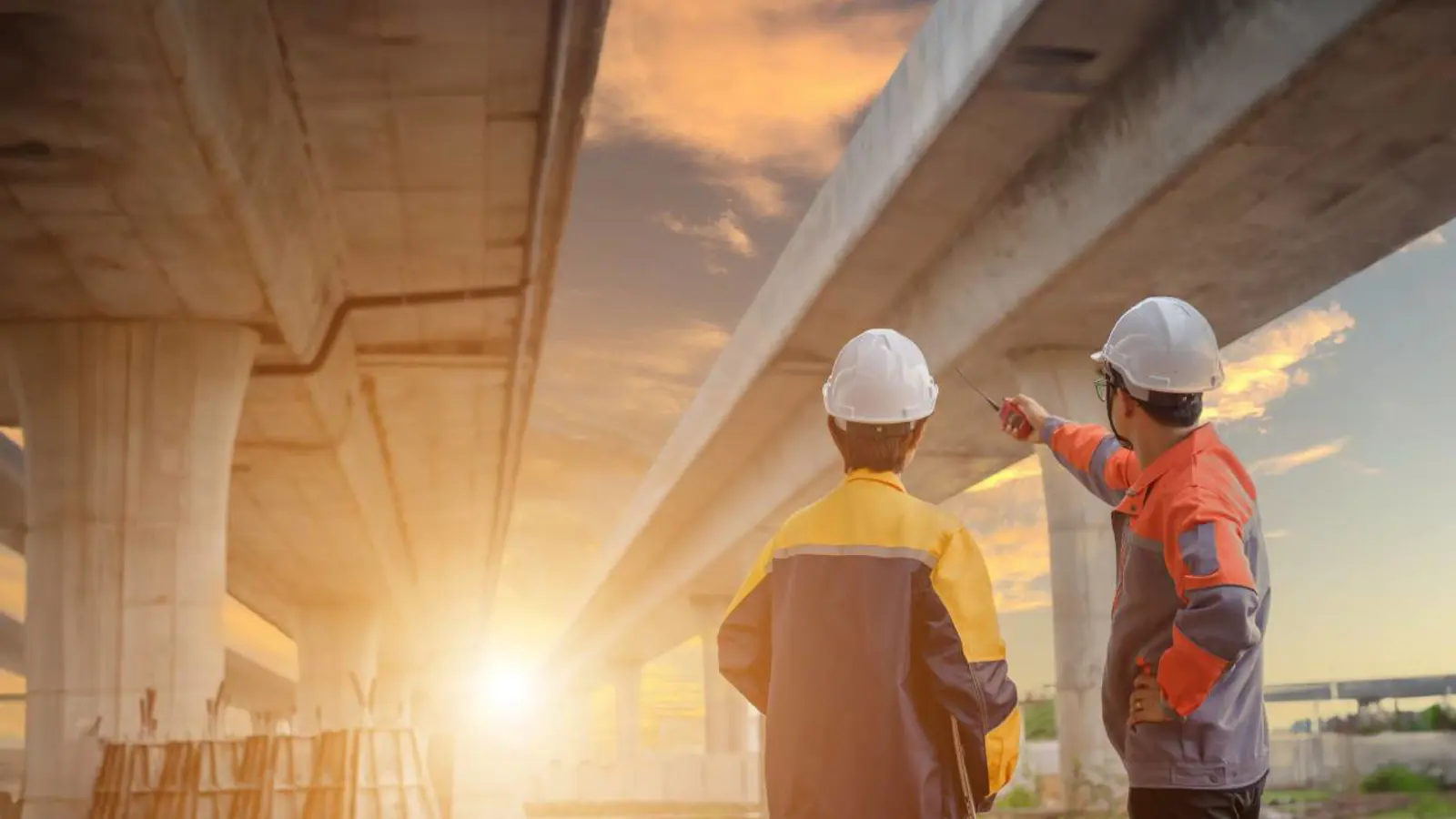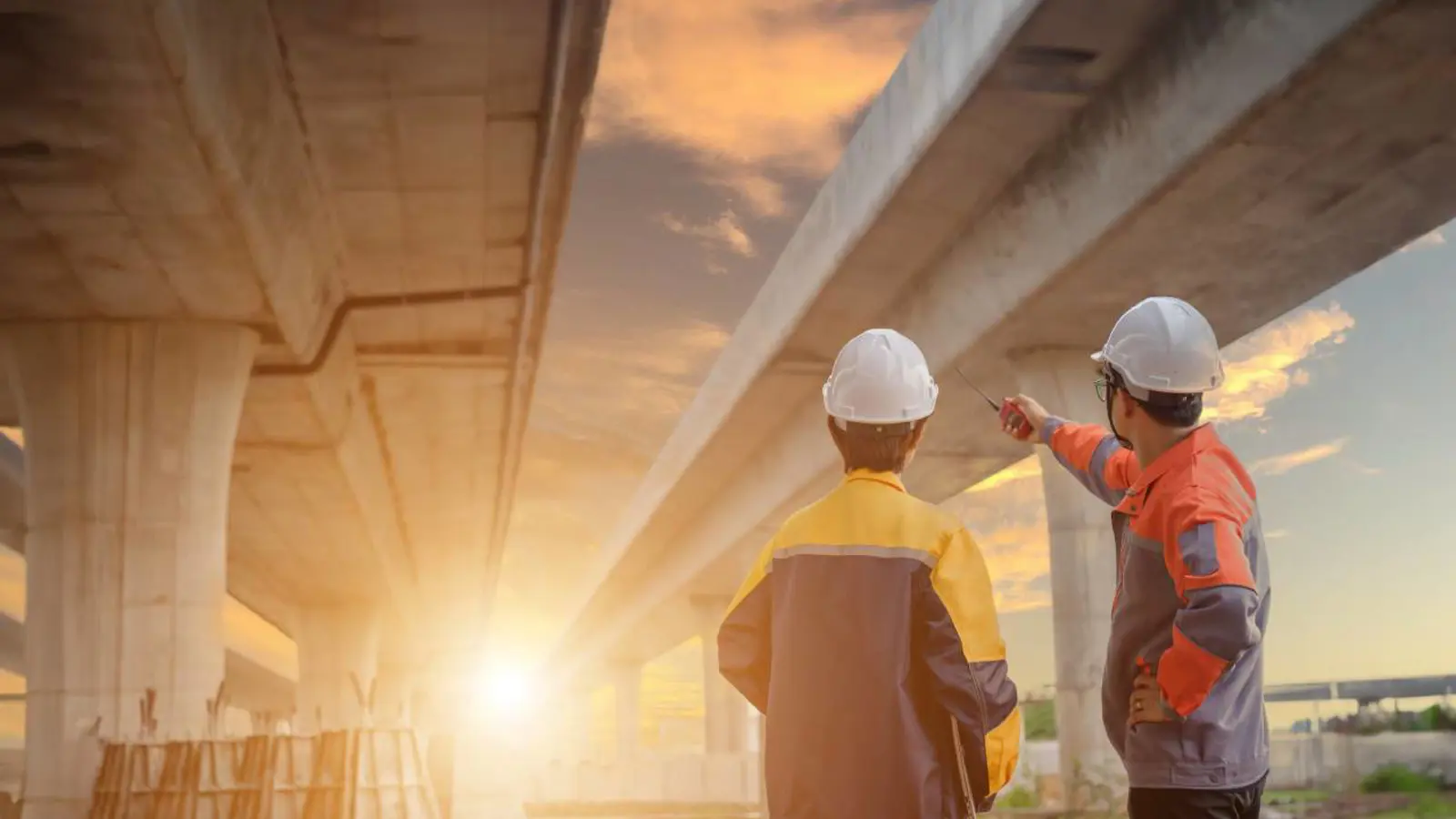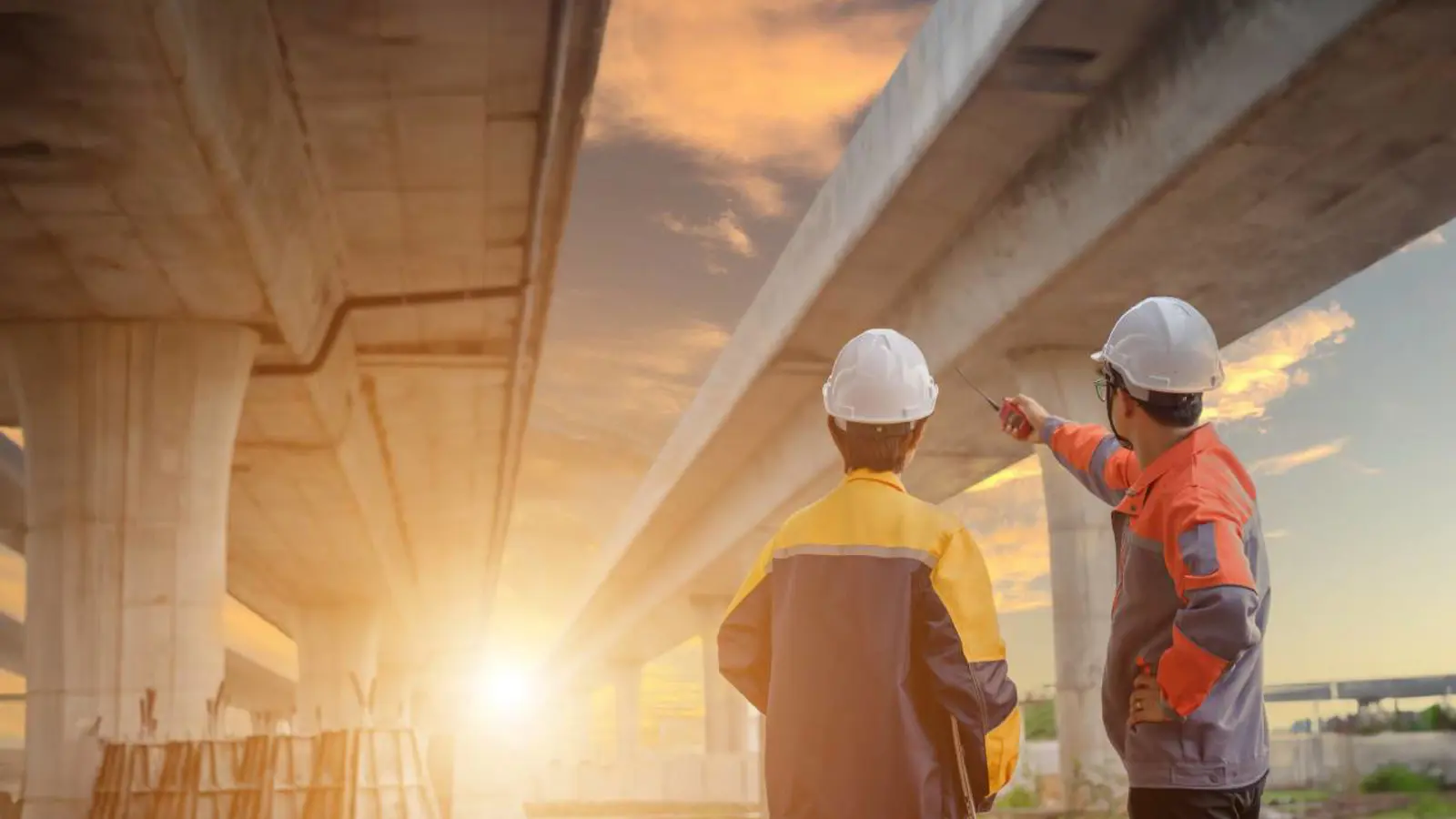Civil Engineering Bridge Construction Insurance: Protecting Your Infrastructure Investment
Introduction: The Critical Role of Insurance in Bridge Construction
Bridge construction represents one of the most complex and high-risk endeavors in civil engineering. With massive financial investments, intricate technical challenges, and significant public safety implications, comprehensive insurance coverage isn't just a recommendation—it's an absolute necessity.
Understanding the Unique Risk Landscape of Bridge Construction
Complex Project Dynamics
Bridge construction projects involve multiple stakeholders, sophisticated engineering techniques, and substantial financial investments. From initial design to final completion, these projects face numerous potential risks that can derail timelines, compromise safety, and result in significant financial losses.
Key Risk Categories
- Environmental Risks: Geological instability, flood zones, extreme weather conditions
- Technical Risks: Design flaws, material defects, engineering miscalculations
- Operational Risks: Equipment failure, worker accidents, supply chain disruptions
- Financial Risks: Budget overruns, project delays, contractual disputes
Essential Insurance Coverage Types for Bridge Construction
1. Contractors All Risk (CAR) Insurance
CAR insurance provides comprehensive protection covering physical damage to construction work, temporary structures, and construction equipment. This policy is fundamental in bridge construction, addressing risks from:
- Natural disasters
- Accidental damage
- Material defects
- Theft and vandalism
2. Professional Indemnity Insurance
For civil engineering firms and design consultants, professional indemnity insurance protects against claims arising from professional errors, design miscalculations, or negligence. This coverage is crucial in bridge construction where design precision directly impacts structural integrity and public safety.
3. Public Liability Insurance
Bridge construction projects interact extensively with public infrastructure and spaces. Public liability insurance covers potential third-party injury or property damage claims, protecting the construction firm from potentially devastating legal and financial consequences.
4. Employer's Liability Insurance
Protecting workers is paramount. This insurance covers medical expenses, rehabilitation costs, and potential legal claims if workers are injured during bridge construction, ensuring both employee welfare and company protection.
5. Marine Insurance
For bridge projects involving marine environments or requiring maritime transportation of materials and equipment, specialized marine insurance provides critical protection against unique aquatic risks.
Risk Mitigation Strategies Beyond Insurance
Comprehensive Risk Assessment
Successful bridge construction insurance isn't just about purchasing policies—it's about proactive risk management. Key strategies include:
- Detailed geological and environmental surveys
- Advanced engineering simulations
- Rigorous safety training programs
- Regular equipment maintenance protocols
- Comprehensive documentation practices
Technology Integration
Modern bridge construction leverages advanced technologies for risk reduction:
- 3D modeling and simulation
- Real-time structural monitoring systems
- Drone-based site inspections
- Advanced material testing techniques
Financial Considerations and Policy Selection
Tailoring Insurance to Project Specifics
No two bridge construction projects are identical. Insurance policies must be meticulously crafted to address:
- Project scale and complexity
- Geographic and environmental conditions
- Specific engineering methodologies
- Duration of construction
- Potential environmental impact
Cost-Benefit Analysis
While comprehensive insurance represents a significant upfront investment, it provides crucial financial protection. The potential cost of an uninsured incident can far exceed annual premium expenses.
Legal and Regulatory Compliance
Bridge construction projects must navigate complex legal landscapes. Insurance plays a critical role in demonstrating regulatory compliance, including:
- Health and safety regulations
- Environmental protection standards
- Worker protection requirements
- Public infrastructure safety guidelines
Emerging Trends in Bridge Construction Insurance
Climate Change Considerations
Increasing environmental unpredictability necessitates more sophisticated insurance products that account for:
- Enhanced extreme weather resilience
- Adaptive design strategies
- Long-term environmental impact assessments
Technological Innovation
Insurance providers are developing more dynamic, data-driven policies leveraging:
- AI-powered risk assessment
- IoT-based real-time monitoring
- Predictive maintenance algorithms
Conclusion: Insurance as a Strategic Asset
In civil engineering bridge construction, insurance transcends traditional risk management. It represents a strategic asset that enables innovation, ensures financial stability, and protects public infrastructure investments.


 0330 127 2333
0330 127 2333
